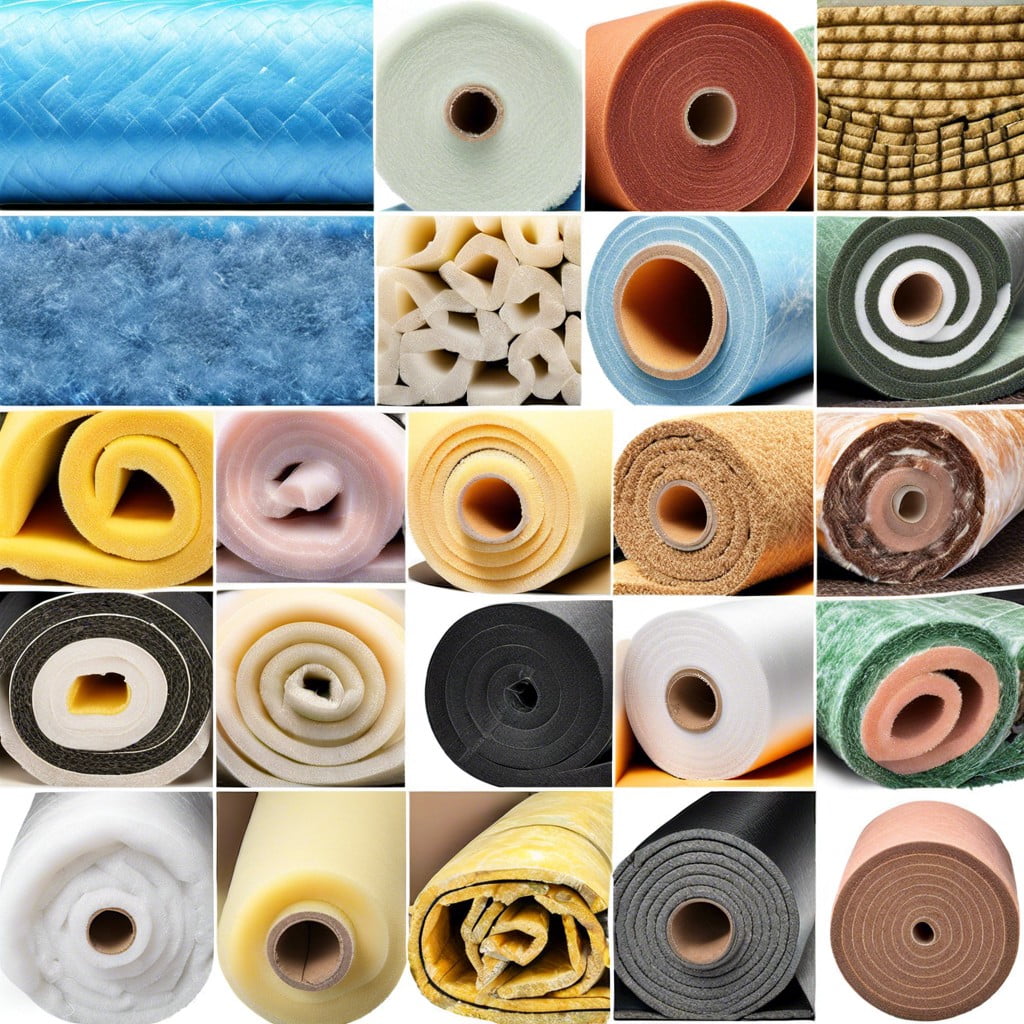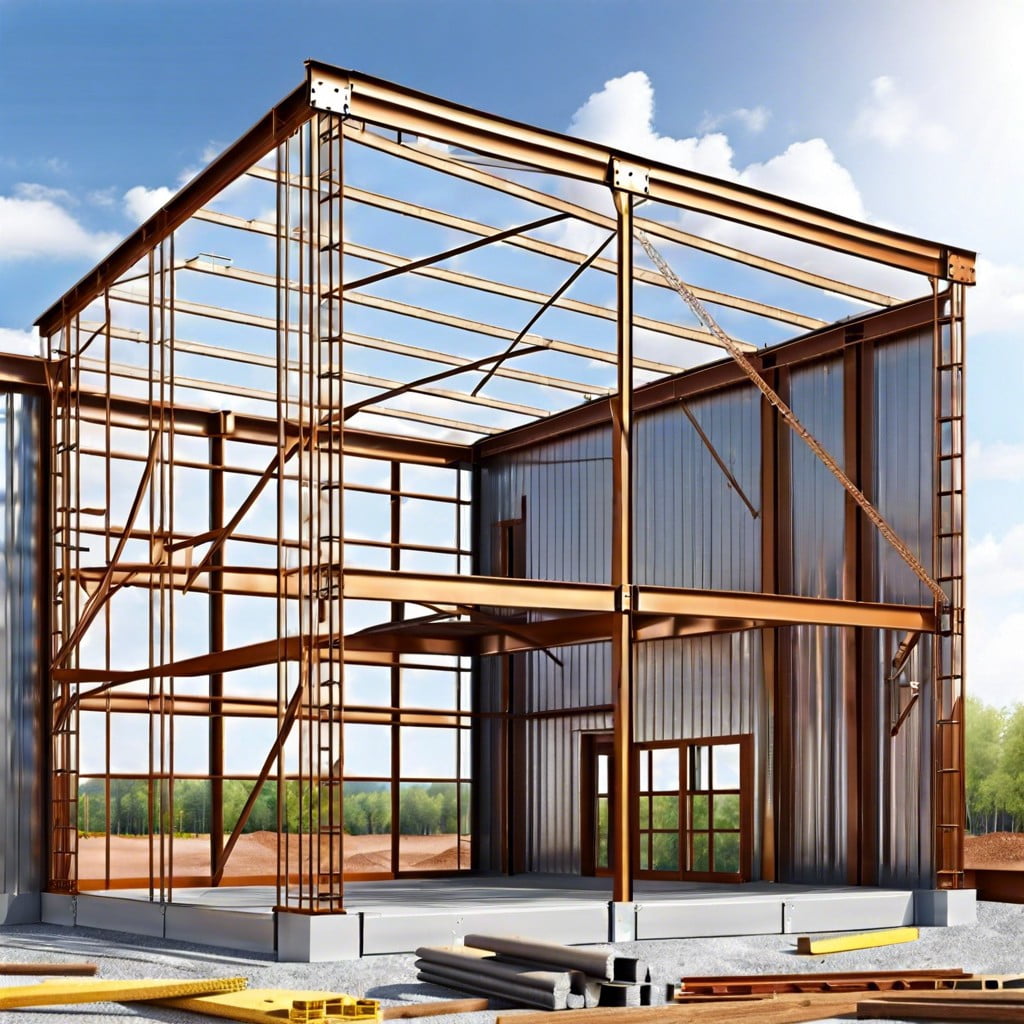Tackling foam board insulation in a metal building becomes a much simpler task armed with the right knowledge, particularly because it can save a significant amount on energy bills while enhancing the building’s overall comfort level.
Installing foam board insulation in a metal building is a straightforward process that can significantly enhance the building’s energy efficiency. This article provides a comprehensive guide on how to effectively install this type of insulation, covering every crucial detail from the selection of appropriate foam board insulation, to the preparation of the metal surface, and the actual installation process.
It also delves into the benefits of foam board insulation, and tips for maintaining its efficiency over time. By following the steps outlined in this guide, you can ensure a successful installation that will serve your metal building well for years to come.
Key takeaways:
- Consider your needs: choose between EPS and XPS foam board insulation.
- Gather the necessary tools: utility knife, adhesive, tape, safety gear.
- Prepare the metal surface: clean, dry, remove protruding nails.
- Follow a step-by-step installation guide: measure, apply adhesive, trim, seal seams.
- Regularly inspect and maintain insulation: check for damage, dust, and monitor indoor climate.
Choosing the Right Foam Board Insulation for Metal Buildings
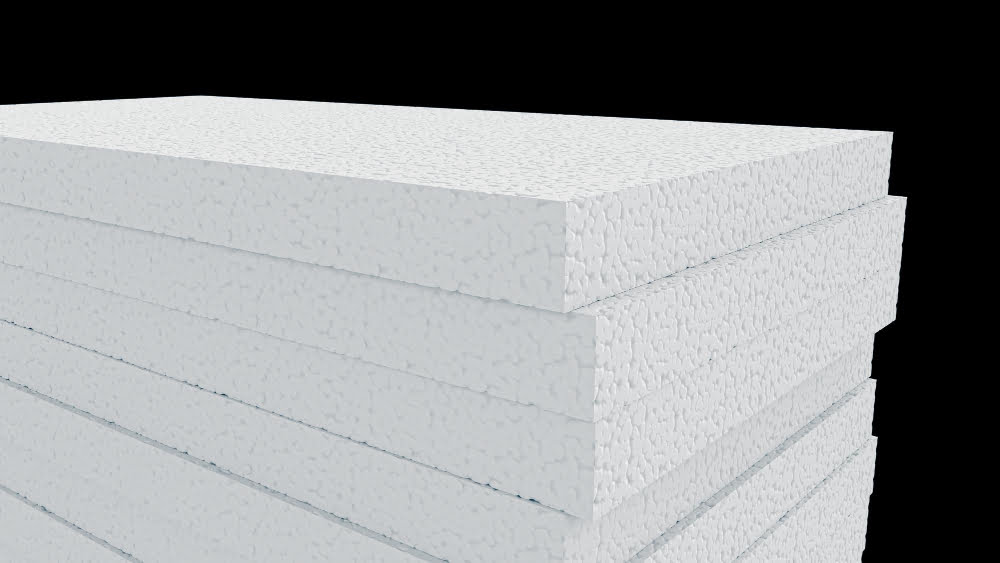
Before embarking on your insulation project, carefully consider your needs to select the appropriate foam board. First, it’s essential to note that the two most common types are Expanded Polystyrene (EPS) and Extruded Polystyrene (XPS).
EPS is an economical choice, offering a lower R-value (a measure of thermal resistance) per inch compared to XPS. Despite its lower insulating value, it maintains consistent performance over time.
On the other hand, XPS provides a higher R-value per inch, which means better insulating capabilities. However, it tends to lose some insulative performance over time due to off-gassing.
The area’s climate, your budget, and the building’s intended use are factors that will significantly influence your material choice. For energy-intensive purposes or exceptionally cold climates, investing in XPS may be more cost-effective in the long run. However, if the building serves minor energy purposes or is situated in milder climates, the EPS may be sufficient and more budget-friendly.
It’s also crucial to evaluate fire safety standards, as different foam boards react differently to fire. This knowledge will help you better decide on the appropriate fire-proof treatments or barriers.
Moreover, your chosen foam board must be compatible with the building’s metal components to avoid any chemical reactions that could compromise the structure’s integrity or durability.
Remember that an appropriately chosen insulation will not only improve the metal building’s thermal efficiency but also its overall durability, making it absolutely vital to pick the right one.
Equipment and Tools Necessary for Insulation Installation
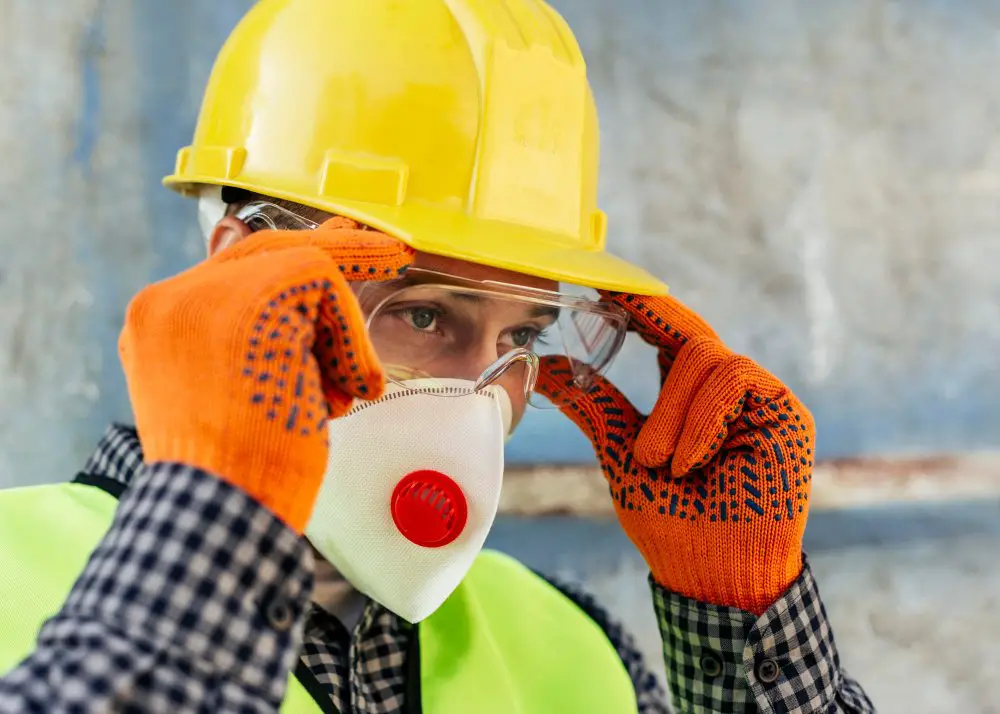
To set up foam board insulation, a collection of specific tools and equipment is vital. One would require a utility knife for precise cutting of the insulation board. A straight edge or T-square aids in creating straight lines for cutting accurately. Adhesive or specific mechanical fasteners are essential for securing the board to the building structure. To cover any gaps between boards, one should use foil or vinyl tape. A ladder or scaffold can be beneficial for installation at high levels. Finally, safety gear, such as gloves, safety glasses, and a dust mask, are crucial safeguards during the process. It’s necessary to have these tools at hand, as they ensure a smooth, accurate, and efficient installation process.
Preparation Strategies for Effective Insulation Installation

Before diving into the actual installation process, taking the right preparatory steps can spell the difference between a successful project and a problematic one. Here are a few key considerations:
1. Accurate Measurements: Take accurate measurements of the area to be insulated. Record the length, width, and any irregularities that might influence the amount and cutting of the foam boards.
2. Material Check: Ensure you have the sufficient foam board insulation according to your measurements. Also make sure that the adhesive, tape, and protective gear are ready at hand to avoid unnecessary pauses.
3. Site Preparation: The surfaces should be clean, dry, and free from grease. Any protruding nails or screws should be removed to provide a smooth surface for the foam boards.
4. Plan Your Approach: Decide on the installation pattern before you start. It can either be vertical or horizontal, depending on the structure of your building and the type of board you’re using.
Remember, a little bit of prep work goes a long way when installing foam board insulation in a metal building. It can help streamline the process, minimize errors, and smoothen out any potential issues down the road.
Step-by-Step Guide On Foam Board Insulation Installation in a Metal Building
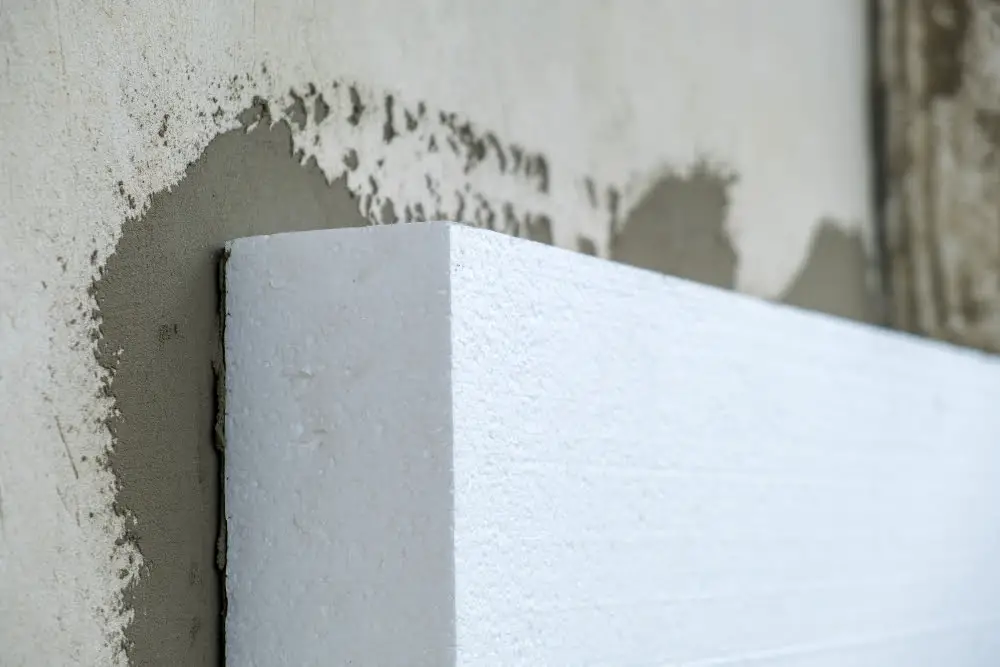
First, it’s essential to measure the area to be insulated to determine the quantity of foam board material needed. This determines the board configuration – whether horizontal, vertical or a combination.
Once foam boards are ready, begin from the corner of the building and work your way around. Apply an adhesive to the back side of the foam and press it firmly onto the metal surface. For larger installations, consider using a notched trowel to evenly spread adhesive.
It’s crucial to butt the foam boards tightly together to avoid air gaps. Use a utility knife to trim boards as needed to maintain a snug fit. Always remember that edges and corners may require smaller, cut pieces.
Foam boards should completely cover the metal structure. Afterward, using tape suitable for foam board insulation, ensure all seams between the boards are securely sealed. This stops moisture and air infiltration.
Installation of a vapor barrier may be necessary depending on the building’s climatic conditions and its intended use. This barrier is placed over the insulation and can optimize energy efficiency.
Lastly, keep in mind that many metal buildings have wooden support beams, which may necessitate fire-resistant treatments on foam board insulation – being aware of local fire code regulations is essential.
This step-by-step process is not complicated but it does require some careful preparation and attention to detail. If carried out correctly, a metal building with foam board insulation can be a warm, energy-efficient, and comfortable space.
Safety Precautions During Foam Board Installation
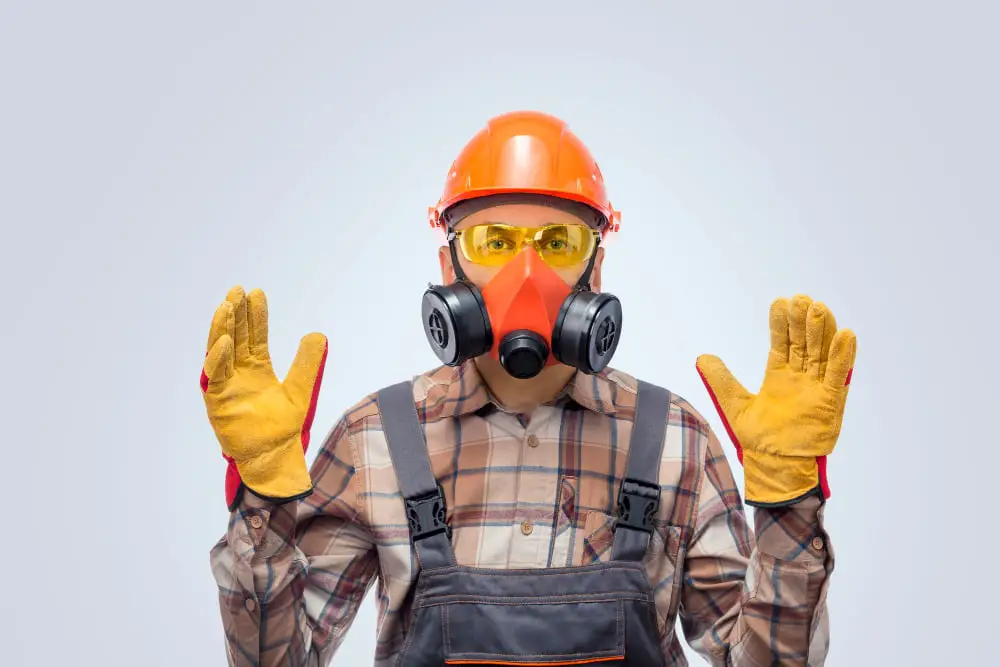
Taking care of your wellbeing should be a priority, especially during installation work. Ensure you’re equipped with protective gear – safety goggles, gloves, long-sleeved clothing, and a mask to avoid inhaling small insulation particles.
Foam board is easy to cut, but remember: always cut away from your body to prevent injuries. It’s important to work in well-ventilated spaces; this material can emit harmful fumes.
Handling insulation boards sooner than 24 hours after purchase might not be advisable, as the boards need time to acclimate and reduce risk of improper function. Avoid working in dimly-lit conditions; you’ll need good visibility to ensure a proper installation and avoid accidents.
Lastly, electrical wires can complicate any construction work, so always double-check for them before drilling or cutting into walls. Safety first and foremost!
Troubleshooting Common Problems in Foam Board Installation
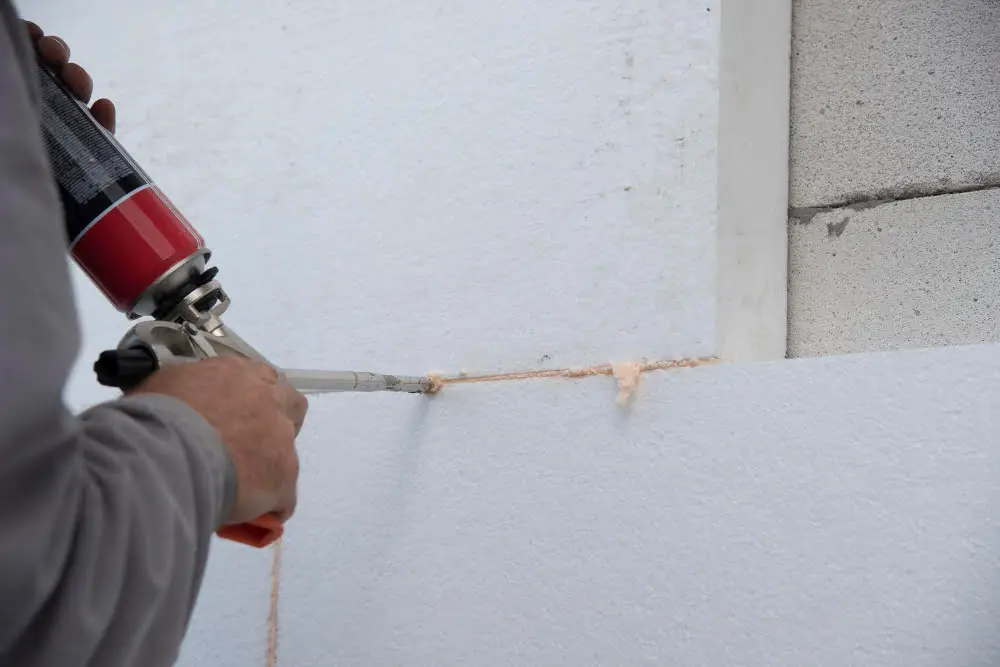
Despite a careful installation process, you may encounter some issues. Recognizing and resolving these swiftly is crucial to ensure maximum insulation efficiency.
1. Bubbles in the Foam Board: Bubbles can appear if insulation is installed in damp conditions. Ensure the building’s interior is dry before installation, and use a dehumidifier if needed. If you observe bubbles post-installation, puncture and re-glue them for an effective remedy.
2. Incomplete Adhesion: Inadequate compression during installation can cause the foam board to peel away. Address this by increasing the panel’s pressure during setup, ensuring a more durable bond.
3. Misaligned Panels: Misaligned panels impact insulation effectiveness. When found, realign and secure immediately. A chalk line or laser level can help you accurately align the panels.
4. Gaps between Panels: Even small gaps can introduce drafts and reduce insulation performance. Fill these gaps using insulation-specific sealants and ensure panels are tightly fit together during the installation process.
5. Moisture Buildup: Over time, trapped moisture can degrade the foam board. Prevent this by ensuring adequate ventilation and using a vapor barrier during the installation.
Remember, quick detection and rectification of these problems supports optimal insulation effectiveness.
Maintaining and Inspecting Foam Board Insulation Post-Installation

While foam board insulation is designed for durability, regular checks are essential to ensure it maintains efficiency. One way you can achieve this is through visual examinations. Look for any physical damage such as chips, cracks, or warping on the foam board. These defects could compromise the insulation’s thermal resistance, leading to heat loss. You don’t want that.
Feel for changes in the indoor climate. If the building feels too hot during summer or overly cold in winter, there’s a chance your insulation isn’t performing as it should. Be alert for additional signs such as drafts and changes in your energy bills.
Simple cleaning and dusting can also significantly improve the performance of foam board insulation. Accumulation of dust and dirt can impact its effectiveness, therefore, periodic dusting is advised.
When it comes to damaged insulation, a professional assessment will come in handy. Minor issues might be fixable, but severe damage often requires replacement. It’s important to involve a professional to ensure proper installation and optimal insulation performance.
Lastly, remember that different foam board insulations have unique properties. Always consult the manufacturer’s maintenance guide for specific advice on maintenance and inspections techniques. Ensuring your insulation remains in top condition is the key to an efficiently performing metal building.
FAQ
Can you use foam board insulation on a metal building?
Yes, foam board insulation, including extruded polystyrene, expanded polystyrene, and polyisocyanurate types, can be effectively used on metal buildings, particularly on the roof, walls, and flooring.
How do you stick foam insulation to metal?
Foam insulation can be affixed to metal using a non-heat sensitive adhesive such as silicone, ensuring to clamp the insulation until the adhesive has fully cured.
How much air gap for foam board insulation?
For foam board insulation in metal building construction, it is typically recommended to maintain an air gap of 1/2-3/4″ to prevent conductive heat transfer.
What types of foam board insulation are most suitable for metal buildings?
Extruded polystyrene (XPS), expanded polystyrene (EPS), and polyisocyanurate are foam board insulation types suitable for metal buildings due to their high R-values and moisture resistance.
Are there specific techniques for cutting and fitting foam board insulation in metal construction?
Yes, cutting and fitting foam board insulation in metal construction usually involves measuring the precise area, using a straight edge and a utility knife to make accurate cuts, and securing the insulation in place with specialized adhesive or mechanical fasteners.
What safety precautions should be taken when installing foam board insulation in metal buildings?
When installing foam board insulation in metal buildings, safety precautions should include wearing protective clothing, using proper tools, maintaining adequate ventilation, avoiding contact with open flames or heat sources, and carefully following manufacturer’s instructions.
Recap



